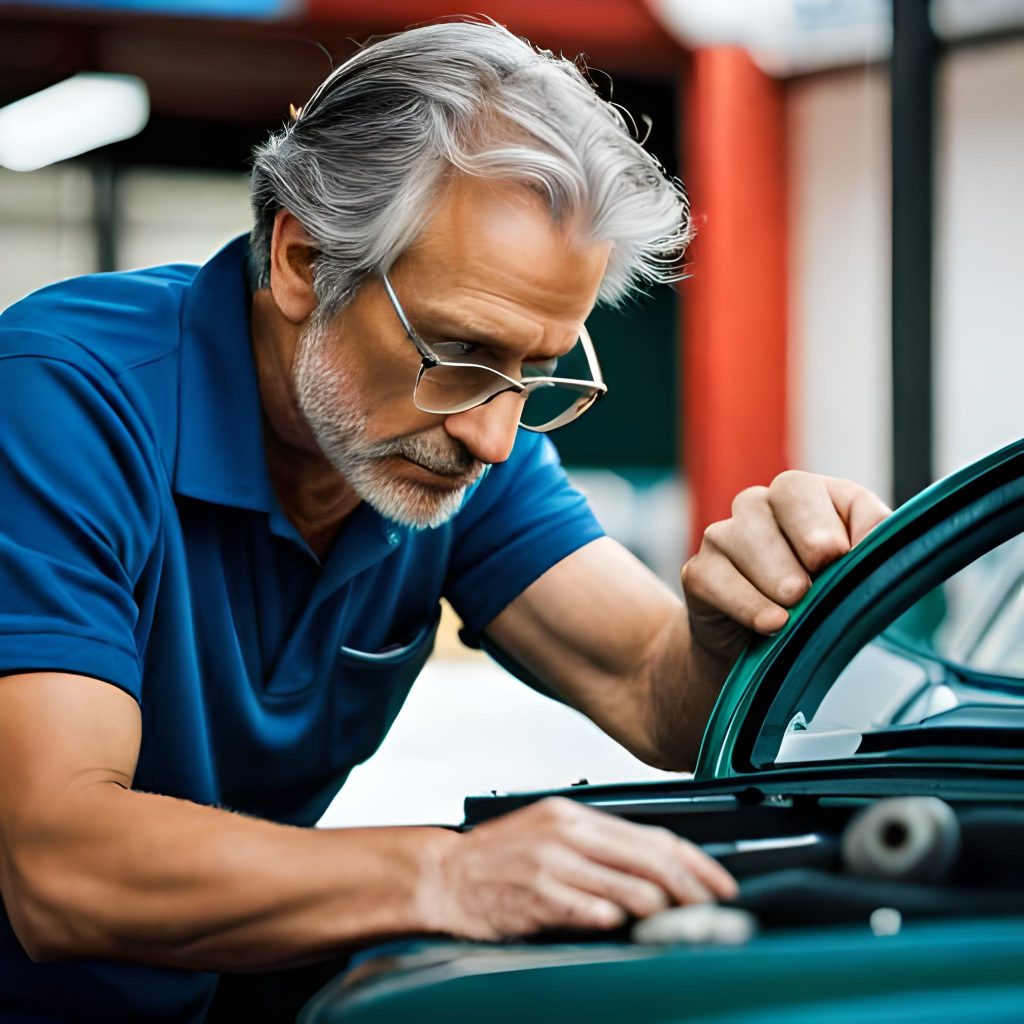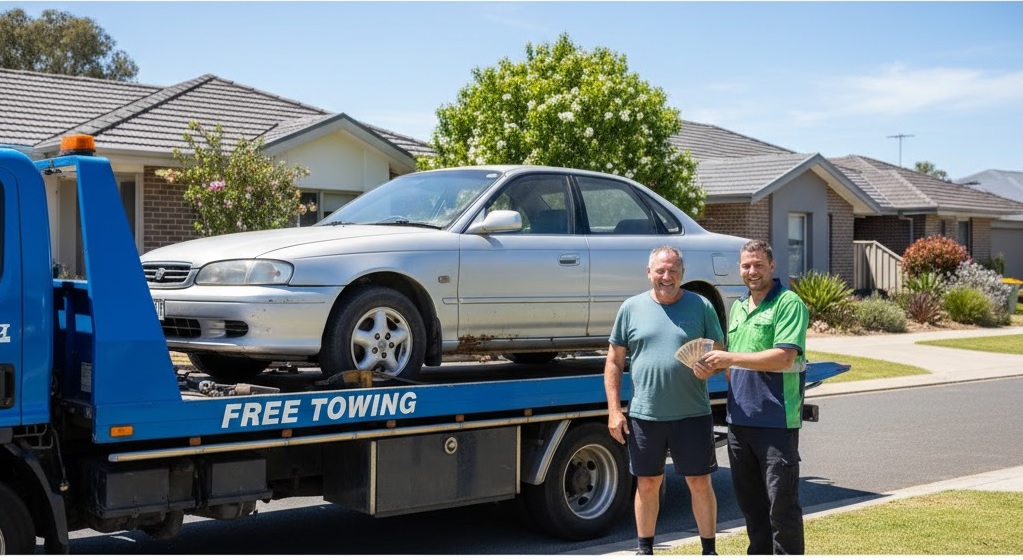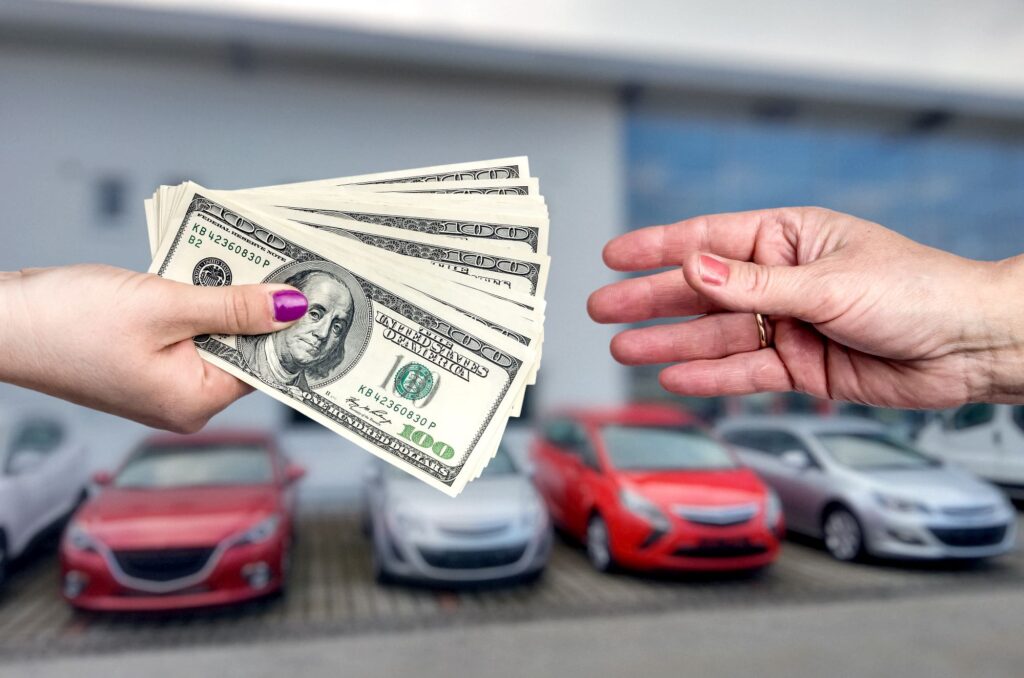
Towing a vehicle can be a challenging task, even for experienced drivers. It requires attention to detail, patience, and safety measures. Whether you’re moving to a new house or hauling a boat, safety should be your top priority. In this blog post, we’ll discuss some safety precautions to take when towing a vehicle.
The Most Important Safety Tips:
Before you begin towing your vehicle, it’s important to make sure that your towing equipment is in good condition. Check the hitch, safety chains, and brake system. Here are some other safety tips to consider:
- Know the Weight Capacity of Your Vehicle: The weight capacity of your towing vehicle is crucial to ensure safety. The towing capacity should be more than the weight of the vehicle you are towing. Overloading can cause serious damage to your vehicle, and it can be a safety hazard.
- Use Proper Equipment: Always use the proper towing equipment, including a hitch and safety chains. The hitch should be compatible with your vehicle, and the safety chains should be properly secured.
- Check Your Lights: Before you start towing, make sure your taillights and brake lights are working correctly. You want to ensure that the other drivers on the road can see you and know when you are braking.
- Avoid High Speeds: It’s important to drive at a safe speed when towing a vehicle. High speeds can cause swaying, and it can be difficult to control the vehicle. Always stay within the speed limit, and be mindful of any weather conditions that may affect your driving.
Tips for Safely Loading and Unloading Your Vehicle:
The process of loading and unloading your vehicle can be dangerous, especially if you’re not using the right techniques. Here are some tips for safely loading and unloading your vehicle:
- Use Ramps or Lifts: Ramps and lifts are designed to make the process of loading and unloading your vehicle easier and safer. These tools can prevent your vehicle from rolling away or tipping over.
- Secure Your Vehicle: Make sure your vehicle is properly secured before you begin towing. Use tie-down straps to keep the vehicle in place, and double-check all connections.
- Balance the Load: When loading your vehicle, make sure the weight is distributed evenly. Uneven weight distribution can cause swaying, which can be difficult to control while driving.
- Check the Ground: Always check the ground before loading or unloading your vehicle. Make sure the surface is level and stable to prevent accidents.
Driving with a Towed Vehicle:
Once you’ve loaded your vehicle and are ready to hit the road, there are some things you should keep in mind while driving:
- Brake Earlier: It takes longer to stop when towing a vehicle, so you need to brake earlier than usual. This will give you enough time to slow down without causing an accident.
- Use Your Mirrors: It’s important to use your mirrors when towing a vehicle. Make sure you have a clear view of the vehicle behind you, and check your mirrors frequently to ensure that it’s still secured.
- Watch for Swaying: Swaying can occur when towing a vehicle, especially at higher speeds. If you feel your vehicle swaying, slow down gradually and try to regain control.
- Take Breaks: Towing a vehicle can be stressful, both mentally and physically. It’s important to take breaks and rest when needed. You want to make sure that you’re alert and focused while driving.
Things to Avoid When Towing a Vehicle:
While there are many things you can do to ensure your safety while towing a vehicle, there are also some things you should avoid:
- Overloading: As mentioned earlier, overloading can be dangerous and can cause damage to your vehicle.
- Sudden Stops: Sudden stops can be dangerous when towing a vehicle. It can cause the vehicle behind you to collide with your vehicle. Make sure you brake gradually to avoid sudden stops.
- Sharp Turns: Sharp turns can cause the vehicle you’re towing to swing out of control, which can lead to an accident. Make sure to take wide turns and take your time when navigating sharp turns.
- Speeding: Speeding can be tempting, especially on highways, but it’s important to drive within the speed limit when towing a vehicle. Speeding can cause swaying, which can be difficult to control, and it can be dangerous.
Maintaining a car can be expensive, especially when it comes to repairs. But the good news is that there are ways to save money on auto repairs without sacrificing quality. In this guide, we’ll cover some tips and strategies to help you save money on your next auto repair bill.
1. Regular Maintenance
The best way to save money on auto repairs is to prevent them from happening in the first place. Regular maintenance, such as oil changes, tire rotations, and fluid flushes, can help extend the life of your car and prevent costly repairs down the line. Be sure to follow the manufacturer’s recommended maintenance schedule and keep track of when services are due.
2. Shop Around
When you do need to have your car repaired, it’s important to shop around for the best price. Don’t be afraid to get multiple quotes from different repair shops, and compare prices and services offered. Keep in mind that the lowest price may not always be the best option, as it could indicate lower quality parts or less experienced technicians.
3. Do It Yourself
If you’re handy with a wrench and have some basic knowledge of auto repairs, consider doing some of the work yourself. Simple tasks such as replacing a headlight or changing your air filter can be done at home with the right tools and instructions. However, be sure to know your limits and don’t attempt any repairs that could be dangerous or require special equipment.
4. Buy Used Parts
Another way to save money on auto repairs is to buy used parts instead of new ones. Salvage yards and online marketplaces offer a wide variety of used parts at a fraction of the cost of new ones. Just be sure to inspect the part carefully and ensure it’s in good condition before making the purchase.
5. Negotiate
Don’t be afraid to negotiate with your repair shop. Ask if they offer any discounts or promotions, or if they can match a competitor’s price. You may be surprised at how willing they are to work with you to earn your business.
6. Consider Aftermarket Parts
Aftermarket parts are typically less expensive than original equipment manufacturer (OEM) parts, but can still offer the same quality and performance. Just be sure to research the brand and ensure it’s a reputable one before making the purchase.
7. Build a Relationship with a Trusted Mechanic
Finally, one of the best ways to save money on auto repairs is to build a relationship with a trusted mechanic. A mechanic who knows you and your car can offer personalized recommendations and may be willing to offer discounts or special pricing for loyal customers.
Towing a vehicle can be a stressful and challenging task, but with the right precautions and equipment, you can ensure that it’s done safely. Always make sure that your towing equipment is in good condition, and that you’re using the right techniques to load and unload your vehicle. When driving, remember to stay within the speed limit, brake earlier, and use your mirrors frequently. And most importantly, take breaks when needed to ensure that you’re alert and focused while driving. By following these safety precautions, you can ensure that your towing experience is safe and stress-free.
There are several ways to save money on auto repairs without sacrificing quality. Regular maintenance, shopping around, doing some repairs yourself, buying used parts, negotiating with repair shops, considering aftermarket parts, and building a relationship with a trusted mechanic are all effective strategies for keeping your car running smoothly and your wallet happy. By following these tips, you can save money on auto repairs and keep your car in top shape.


